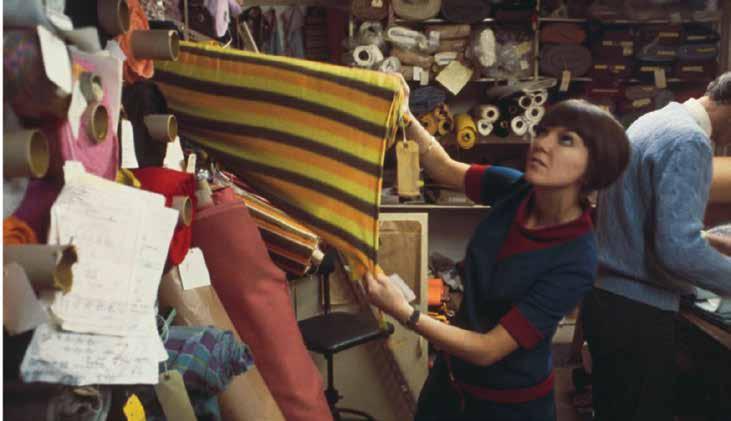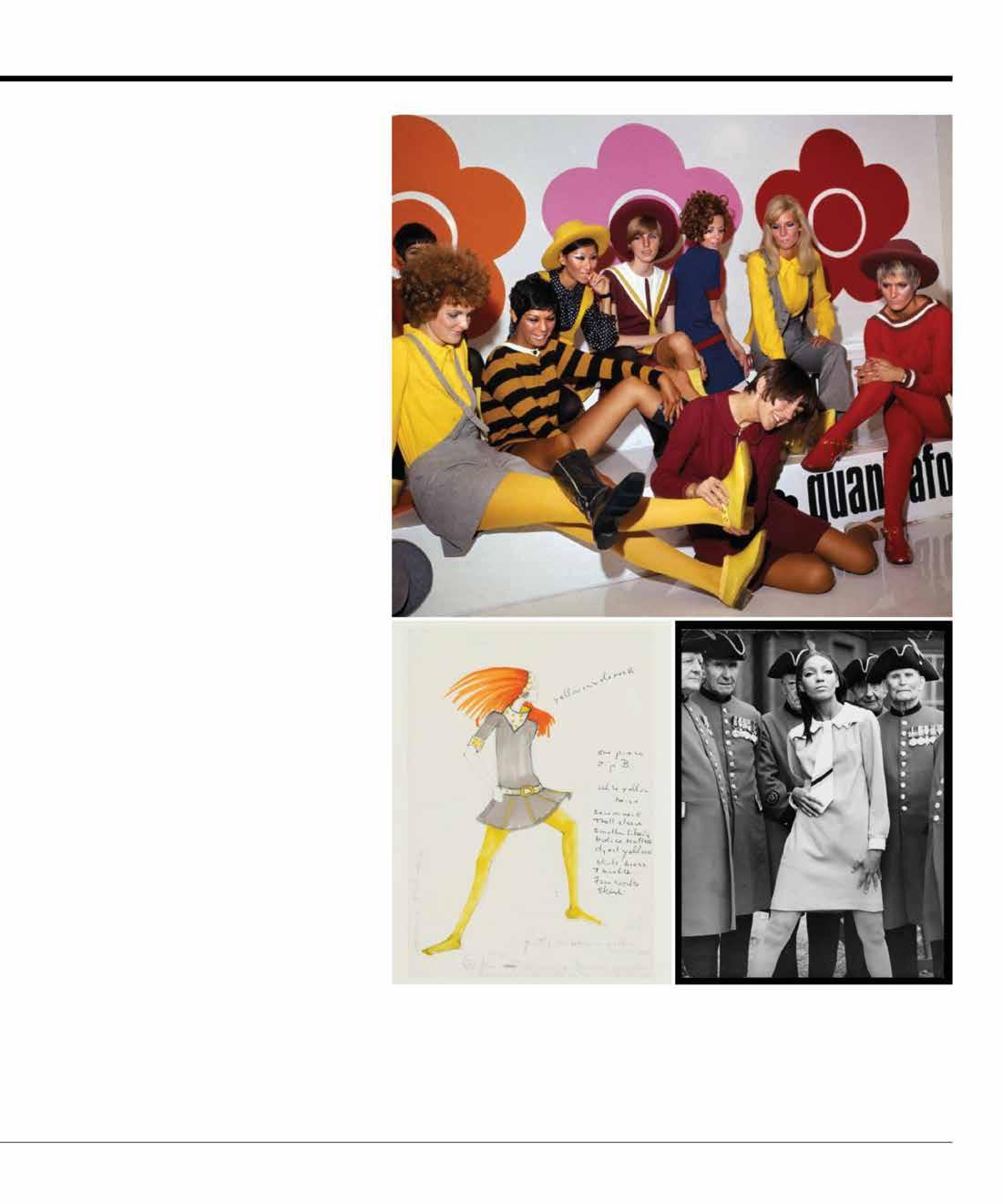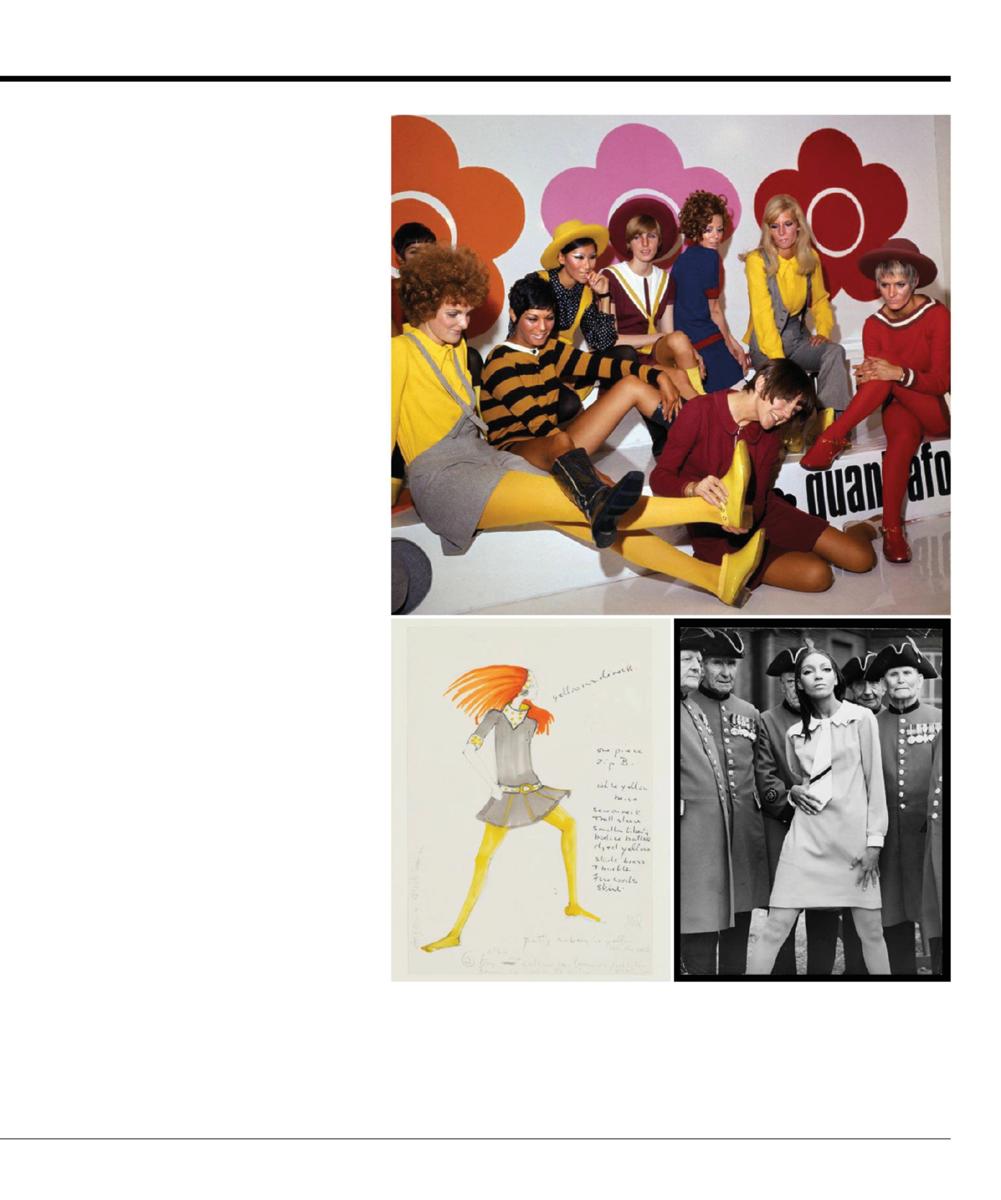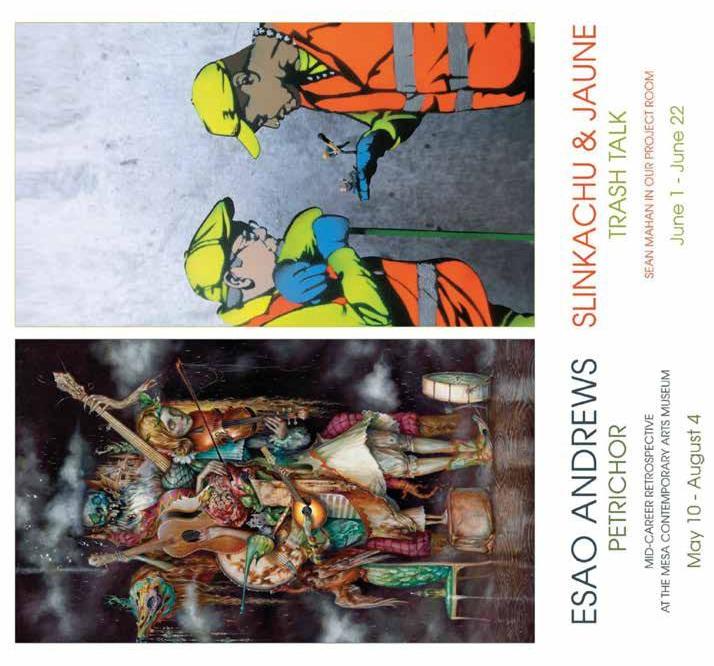
4 minute read
41
MIRANDA BARNES
Miranda Rae Barnes is a Caribbean American photographer born in Brooklyn, New York in 1994.She received her Bachelor of Arts in Humanities and Justice from John Jay College of Criminal Justice in New York City. Her work has been featured nationally in recent exhibitions at the Brooks Museum (Memphis, TN, 2019-2020), Photoville (Brooklyn, NY, 2019, 2018), and FotoFocus Biennial (Cincinnati, OH, 2018). A Magnum Foundation fellow and PDN30 in 2019, she has been featured in Artsy, Harper’s Bazaar, Le Monde, It’s Nice That, Vice Magazine, and W Magazine. Her selected client list includes Adidas, The Atlantic, FT Magazine, The New York Times, The New Yorker, TIME, Leica, Vogue Magazine and Wall Street Journal Magazine. She lives and works in Brooklyn, New York. On the side, she was interested in making portraits for a project on black female twins. She bought a Hasselblad because it was “light and would do.” Her Instagram posts caught the attention of a photo editor at The New York Times, who called Barnes in March, 2018. Could she fly to Memphis to cover the 50th anniversary of Martin Luther King’s assassination? “I was shocked,” Barnes says. One of
Advertisement
37 her photos made A1, and a double-page spread inside featured 15 of her photos.
Morrigan McCarthy, national picture editor at The New York Times, says, “Miranda’s sense of color and light, combined with the generosity she shows her subjects, create images that feel like a favorite old photo, but at the same time utterly modern. It’s a mesmerizing combination.”

Mining history is important to Barnes’s storytelling. She’s researching crime and punishment in the late nineteenth and early twentieth centuries for a project about the legacy of lynching, and wants to stop “tiptoeing around race and class.” She will delve into statistics for a project about how the Caribbean community has contributed to New York City’s development.
Mary Quant

She became an instrumental figure in the 1960s London-based Mod and youth fashion movements.She was one of the designers who took credit for the miniskirt and hotpants, and by promoting these and other fun fashions she encouraged young people to dress to please themselves and to treat fashion as a game.Ernestine Carter, an authoritative and influential fashion jour- nalist of the 1950s and 1960s,[8] wrote: “It is given to a fortunate few to be born at the right time, in the right place, with the right talents. In recent fashion there are three: Chanel, Dior, and Mary Quant.” In the late 1960s, Quant popularised hot pants and became a British fashion icon.[26] [27] Through the 1970s and 1980s she concentrated on household goods and make-up rather than just her clothing lines, including the duvet, which she claims to have invented.] In 1988, Quant designed the interior of the Mini (1000) Designer (originally dubbed the Mini Quant, the name was changed when popularity charts were set against having Quant’s name on the car). It featured black-and-white striped seats with red trimming. The seatbelts were red, and the driving and passenger seats had Quant’s signature on the upper left quadrant. The steering-wheel had Quant’s signature daisy, and the bonnet badge had “Mary Quant” written over the signature name. The headlight housings, wheel arches, door handles and bumpers were all “nimbus grey”, rather than the more common chrome or black
fashionable clothes available to everyone. Her rangeofButterickhom es dressmakingpatterns 39 brought som eofher m osticonic designs w ithin reachofall Quant fans forthe costofpurchasing a Voguem agazine, and her hugely successful cosmeticsline,introducedin 1966,establishedher asthe godmother of accessible designerfashion forall.
Did she actually startin retail before design? Did herstore Bazaarpre-date M aryQuant designs?
trimm inghats atErik’s, acouture m illiner in M ayfair.By1955,she openedherexperim ental firstboutique,Bazaar,onKing’s Roadin London. Initially,her role w as to com bw holesale w arehouses and artschools to sourcequirky garm ents and jewelryforthe shop.How ever, she

available,and sobegan to designherselfin 1956, studyingatnight school.Onceshe began designing, hergarm ents w ere sopopularthatthe stock w ould

definedas ahand-to-mouth operation, w ithQuant m akingdressesin her bedsitin the eveningto replenishstock forthe nextday.
Is it a stretchto say thatshe w as one ofthe firstto transform shopping from a purchase transactionto anactualexperience, and m aybe finishes. Two thousand were released in the UK on 15 June 1988, and a number were one ofthe firstto introduce fast retail? also released on to foreign markets; howevBazaarw as aforerunner ofthe explosionof er, the numbers for these are hard to come boutique shops, whichhappenedin the late by. The special edition Mini came in two 1950s and ’60s in London. ThroughBazaar, body colours, jet black and diamond white. Quanttransform ed the retailexperience ata tim e whenshoppingw as a relatively In 2000, she resigned as director of Mary form al experience. Throughm usic,drinks, and continually changingstock,she created Quant Ltd, her cosmetics company, after a Japanese buy-out. [28] There are more than 200 Mary Quant Colour shops in Japan.












